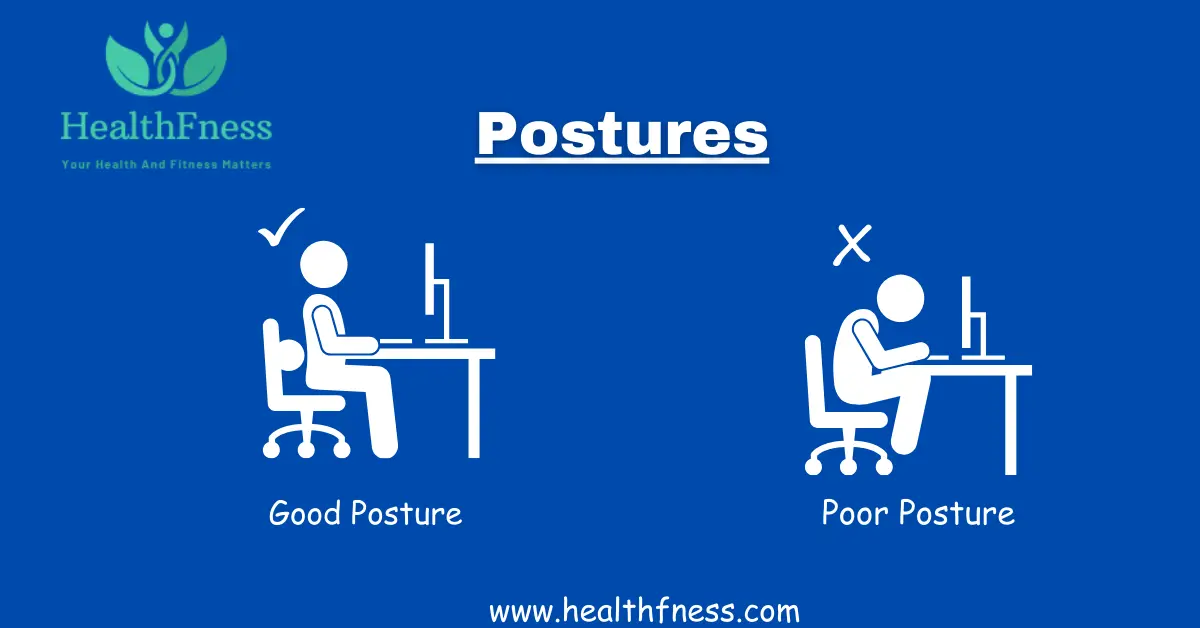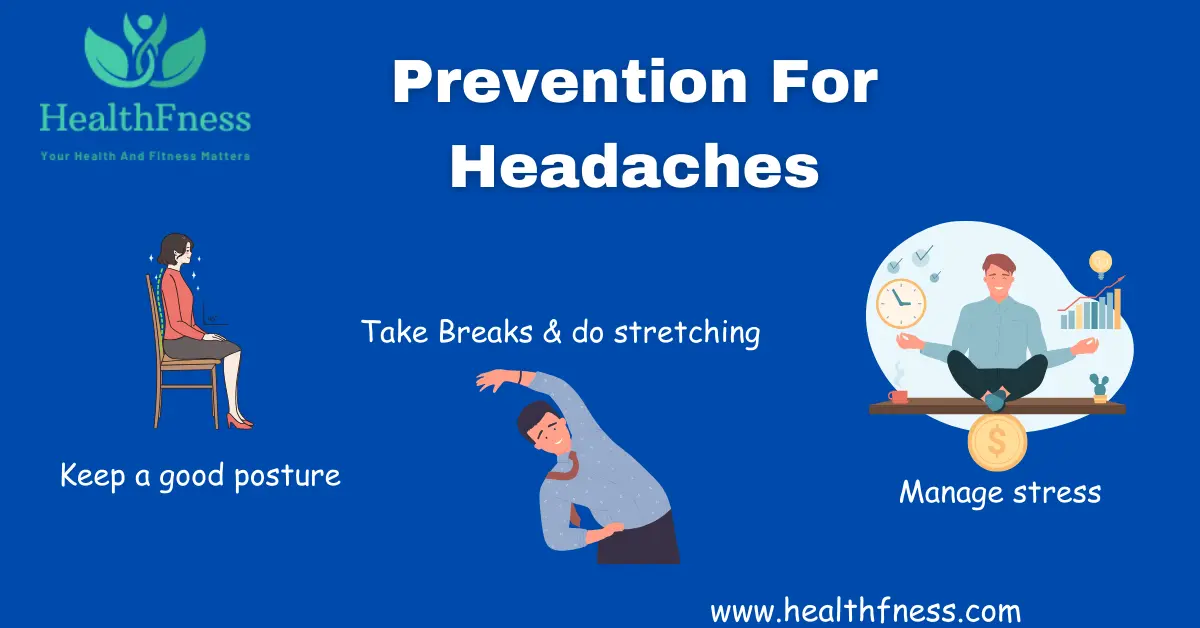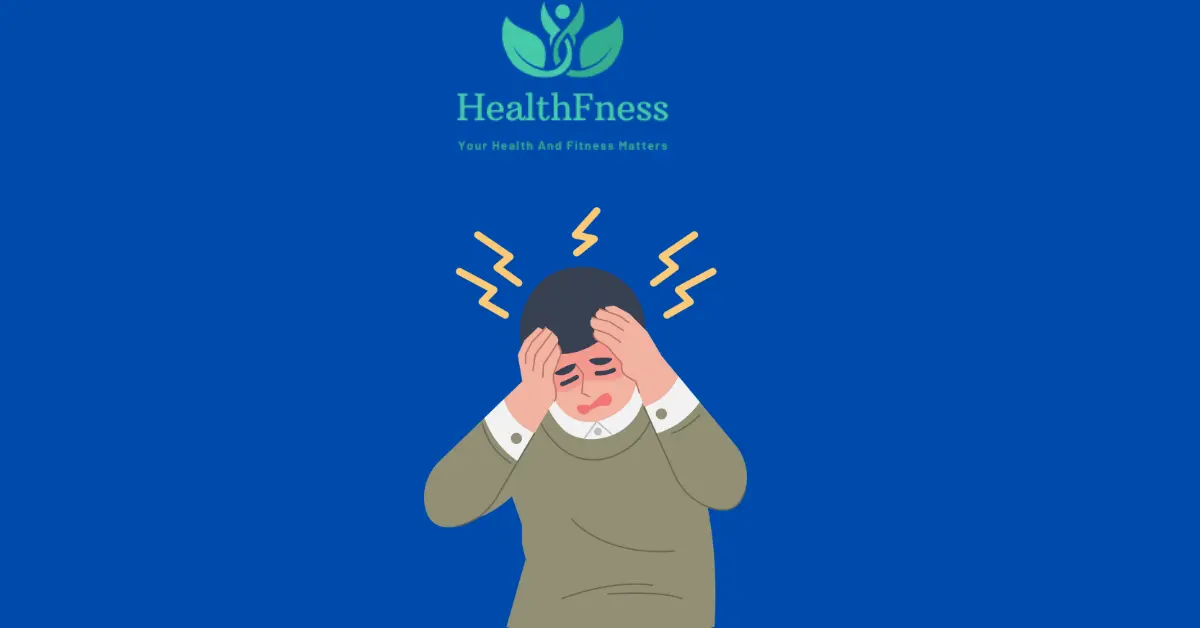What is a headache?
Let us learn about what is a headache before we discuss can sitting cause headaches. Headaches is a known disorder which is characterized by the pain and the distress in the head and the neck.
Types of Headaches
Headaches may be divided into classes depending on their symptoms and symptoms. Three kinds of headaches are tension headache, migraine headache, and cluster headache.
Tension headaches
Tension headaches are the most prevalent, and they are experienced by about 80% of the population. Intense headaches ranging from 30 minutes to a few days may be accompanied by symptoms of light and sound sensitivity, muscle pain, and extreme exhaustion.
Migraine headaches
Migraines are a type of headache that affects about 12% of the population. They are distinguished by moderate to severe pain, typically on one side of the head, and are recognized by nausea, vomiting, and sensitivity to light and sound.
Cluster headaches
Cluster headaches are pretty uncommon, affecting fewer than 1% of the population. They are distinguished by extreme pain, which is commonly felt around one eye or temple and is frequently described as a scorching or piercing sensation.
The link between sitting and headaches: Can sitting cause headaches?
The headache is caused by many factors, such as poor posture, misalignment of blood vessels and eye strain. Sitting for long periods might trigger these conditions, resulting in headaches.
Poor posture
Poor posture is one of the most common causes of headaches when sitting. We may slump or hunch over when we sit for lengthy periods, which can cause stress in the neck and shoulder muscles.

Forward head posture
When we sit to work with our heads forward, the muscles in our neck and shoulders are stiff and we feel pain. This tension can cause headaches, primarily if it is held for a long amount of time.
Hunching over a computer
When working on a computer, we may lean forward to read the screen, which causes us to hunch over the computer. This can result in neck and shoulder muscle tightness and headaches and fatigue.
Reduced blood flow
Sitting can also produce headaches due to decreased blood flow. Long duration of sitting can limit blood supply to the brain, causing stress in the neck and shoulder muscles, which can aggravate headaches.
Reduced blood circulation to the brain
While we sit for extended times, it is possible that our bodies will not be able to supply blood to our brain adequately. Long term sitting can causes eyesight issues including headache, dizziness, and many others.
Pressure in the neck and shoulder muscles
Low blood flow causes the neck and shoulder muscles to be strained, and this may be one of the causes for headaches.
Eye strain
Staring at a computer screen or other electronic gizmos for long like a smartphone screen can cause eye fatigue which may result in headaches.
Prolonged computer screen staring
Sometimes, we get headaches from the visual strain after looking at computer monitors for a long period of time.Other symptoms of this strain include dry eyes and hazy vision.
You May Like to Read This Article: Adverse Effects of Prolonged Sitting Behavior on the General Health of Office Workers ↗
Preventing Headaches Caused by Sitting
Headaches caused by sitting can be prevented by taking several steps like this:
Keeping a good posture
Maintaining excellent posture is one of the most effective strategies to avoid headaches caused by sitting. Correct sitting posture can help relieve strain in the neck and shoulder muscles.
By using a supportive chair: Choose a chair that will help you to sit in good posture and support your lower back. A chair with adjustable lumbar support can help you to keep your spine in a good shape.
Adjusting the monitor’s height: Adjust the monitor’s height so that the top of the screen is at or slightly below eye level. This can help to reduce neck and eye discomfort.

Taking breaks and stretching
Taking periodic breaks with stretching minimizes a headache associated with sitting. Here are some tips for stretching and taking breaks:
Every 30 minutes, stand up and move around: Taking a break every 30 minutes can help ease the tension of the neck and shoulder muscles. To promote blood circulation and relieve tension, stand up, stretch, and move around a bit.
Managing stress
Stress can be a catalyst for headaches, and thus reducing stress can assist to prevent headaches initiated by sitting. Here are some stress-reduction suggestions:
Deep breathing exercises: Deep breathing exercises may reduce stress and tension. Close your eyes and breathe slowly in and out through your nose. Try to find a comfortable position and if possible, focus on your breathe.
Meditation and mindfulness practices: Spare a few minutes each day to focus on your breathing or try a meditation app for a better grasp.
You May Like to Read This Article: The Main Health Benefits of Cardio Exercise
Treatment Options for Headaches Caused by Sitting
Headaches caused by sitting can be treated using a variety of methods, including:
Over-the-counter pain relievers
The most accepted treatment for head pain caused by sitting are over-the-counter medications like ibuprofen or acetaminophen. These medicines can provide pain and inflammation relief and are generally useful for mild to moderate headaches.
Prescription medications
A health care practitioner may place a patient on harsher drugs like triptans, ergotamines, and opioids for severe or chronic headaches that result from an extended time of sitting. They belong to the group of drugs used to treat migraine and cluster headaches and hence should only be taken when prescribed by a doctor.
Alternative therapies
Alternative therapies, beneficial in relieving headaches caused by sitting such as:
Acupuncture
Acupuncture is an ancient Chinese technique in which small needles are inserted into particular places on the body to reduce pain and promote healing. Acupuncture has been demonstrated to be useful in the treatment of migraines.
Chiropractic treatment
Chiropractic manipulation include the adjusting of the spine and other joints so as to stimulate the body to heal itself and reduce pain. For headaches caused by sitting, chiropractors can use some of their techniques, such as spinal adjustments, massage, and stretching exercises.
FAQS
Can sitting for extended periods really cause headaches?
Definitely, sitting for a long time is a cause of tension headache resulting from unhealthy posture, muscle tension, and poor blood circulation.
How does poor posture during sitting lead to headaches?
Improper posture particularly while seated for extended periods can put stress on neck and shoulder muscles which lead to tension headaches.
What role does reduced blood flow play in causing headaches while sitting?
Sitting for prolonged intervals may also restriction blood glide to the pinnacle, main to reduced oxygen deliver and probably triggering complications.
Are there specific sitting positions that can help prevent headaches?
Optimizing the ergonomic setup, such as the right chair height and posture, can significantly reduce the risk of getting headaches while sitting.
Can sitting-related headaches be alleviated through breaks and movement?
Yes, taking short breaks, stretching, and using movements can release muscle contraction and improve the circulation, minimizing the occasion of headaches.
Can sit in the sun cause headaches?
Can sit in the dark cause headaches?
Some people may experience headaches after sitting in the dark for a long period. Sitting in a dark room may cause tension headaches.
Can sit too close to the tv cause headaches?
Sitting too near to the television can induce headaches in some people, especially if they watch for long periods. TVs produce blue light that affects sleep-and-wake cycle and has the power to create headache, especially at night. Exposure to blue light can also result in eye strain and fatigue.
Conclusion
In conclusion, a prolonged sitting can create headaches through several causes which include poor posture, reduced blood flow, and eye fatigue. Sitting headaches can be prevented by practicing proper posture, allowing yourself breaks to stretch, and reducing stress. Over the counter medications, chiropractic care and other treatments can all relieve headache symptoms.

Dr. Mark Jenkins, MD - General Physician (California, USA)
Dr. Mark Jenkins is a board-certified general physician based in the United States, specializing in preventive medicine, nutrition, and lifestyle health. With years of clinical experience in primary care, he is dedicated to helping patients and readers alike make informed, science-based decisions about their well-being.
As a trusted medical reviewer and contributor to Healthfness.com, Dr. Jenkins ensures that all health content meets the highest standards of accuracy, safety, and evidence-based medicine. His expertise bridges modern medical science with practical, everyday wellness strategies, making complex topics approachable for all audiences.
Outside the clinic, Dr. Jenkins is passionate about living the healthy lifestyle he teaches. He enjoys hiking with his dog, experimenting with vegetarian cooking, and exploring the latest health research. He believes that small, consistent lifestyle changes lead to lasting health improvements, and he aims to inspire readers to take proactive steps toward a healthier, happier life.
Explore more of Dr. Jenkins’ evidence-based insights at Healthfness.com



